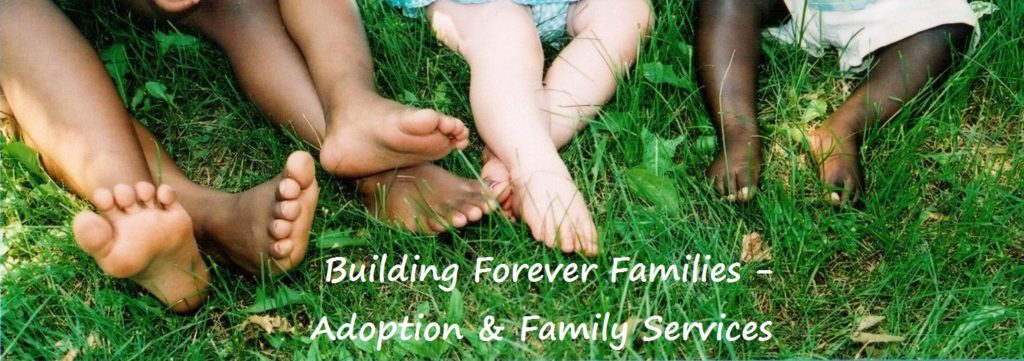The history of adoption in the United States underwent a transformative shift in 1851 with the passage of the Adoption of Children Act. While not flawless, as it allowed judges significant discretion in determining what was “fit and proper,” this legal milestone marked the commencement of the “Modern Era” of adoptions.
Adoptions Pre-1851
Before 1851, legal recognition of adoption was absent, leaving judges without the authority to sever biological family ties. Instead, the pre-1851 era saw a system resembling fostering, where families sent children to live with others for education, labor training, or charitable support. Illegitimate children, single mothers, or those facing financial hardships might be temporarily placed in “orphanages.” Yet, these arrangements did not legally separate the child from their family.
True adoptions before the mid-nineteenth century were often secretive, avoiding court involvement due to prevailing stigmas. People hesitated to adopt children from different ethnicities or financial backgrounds. Adoption was primarily within extended family circles, driven by motivations such as providing better opportunities, overcoming illness, financial struggles, or parental death.
The “Modern Era” of Adoption
The Adoption of Children Act of 1851 marked a pivotal moment, shifting the focus to children’s well-being rather than solely on adults’ interests. This legal change coincided with the rise of organizations advocating for children’s rights and opportunities.
Improvements in Children’s Rights
Following the Act, non-governmental charitable societies dedicated to child protection emerged, as exemplified by the establishment of the NYSPCC. In 1899, the first governmental court focused on juvenile delinquents was founded, evolving into a pillar of the child protective system.
In the 20th century, government involvement increased with Franklin D. Roosevelt’s signing of the Social Security Act in 1935. This act provided aid to dependent children and poor families, empowering the Children’s Bureau to collaborate with state public welfare agencies. Legislative improvements paralleled an increase in adoptions, reaching a statistical peak of approximately 175,000 annual adoptions in 1970, with 80% arranged by adoption agencies.
Contemporary Adoption Trends
Today, adoptions commonly involve openness, allowing contact between Birth Parents, Adoptive Parents, and adoptees during and after the process. Open adoptions gained acceptance with the foundation of Bastard Nation, advocating for adult adoptees’ rights to access sealed adoption records. The trend towards open adoption aims to benefit all parties involved, aligning with Forever Families’ goal of finding the right fit and level of openness.

Transracial Adoption
Debates on “race-matching” intensified, particularly regarding black children placed with white parents. The first recorded transracial adoption occurred in Minnesota in 1948. The National Association of Black Social Workers opposed transracial adoption in 1972. Despite pushback, transracial adoptions are increasing, challenging traditional views.
International Adoption
International adoption gained traction post-World War II, especially as a response to children fathered by U.S. soldiers abroad. Organizations like Holt International Children’s Services, founded in 1955, played a crucial role. However, international adoptions peaked in 2004, with a subsequent decline due to global restrictions and concerns about corruption. The Hague Adoption Convention aimed to safeguard children’s interests in international adoptions.
Adoption of Special Needs Children
Post-World War II, efforts to find homes for “hard-to-place” special needs children increased. The Child Welfare League of America’s 1955 announcement marked a turning point. In the 1960s, parent-led organizations advocated for these children, challenging old views based on eugenics. Special needs adoption progressed significantly, aligning with the belief that a family can take various forms.
Present-Day Adoption
Adoption has evolved over the last two centuries, moving from an emphasis on homogeneity to celebrating diverse family structures based on love. While stigmas persist, societal changes indicate a growing acceptance of diverse families. As Pearl Buck stated, “Adoption is appropriate for any child without family ties who is in need of a family.” The journey of adoption reflects the changing dynamics and perceptions of family in the United States.

Final Thoughts
The history of adoption in the United States has undergone a profound evolution, from the absence of legal recognition before 1851 to the establishment of pivotal laws and organizations in the “Modern Era.” This was a watershed moment when the emphasis shifted from adult concerns to children’s welfare, resulting in major advancements in children’s rights and an increase in adoptions.
Over the years, transracial and international adoptions have challenged societal norms, fostering a more inclusive view of what constitutes a family. The efforts of organizations and advocates played a crucial role in destigmatizing adoption, emphasizing that a family is defined by love rather than conforming to outdated expectations.
At Forever Families, we understand the significance of this journey. We offer comprehensive support, including assistance with the adoption process, counseling, and ongoing support. Our mission is to guide families on the path to creating lasting bonds and providing loving homes.
If you or someone you know is considering adoption, we invite you to reach out. Together, we can navigate the intricacies of the adoption process, ensuring that every child finds a forever home filled with love and support. Contact Forever Families today to embark on the transformative and fulfilling journey of building a family through adoption.

